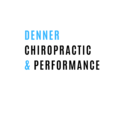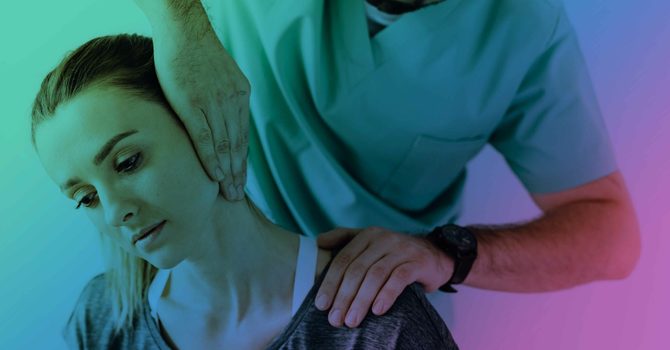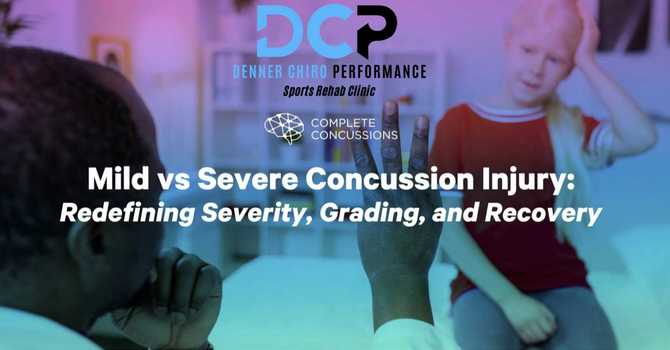
The 7 Most Common Youth Sports Injuries - Quick Guideline For Treatment
Participating in youth sports help us engage in physical activity, and learn life-long skills such as communication, teamwork, and commitment. The numerous benefits of playing sports out way the risk associated with them.
Unfortunately, when participating in sports there is a risk of injury. Most of the injuries seen in youth sports are difficult to prevent. After an injury has occurred it's important to properly identify and provide the correct treatment measures. By doing this we can safely and effectively manage the majority of the injuries seen without invasive interventions.
We want our athletes to be playing and enjoying their sports for as long as possible and to do that we first need to understand the most common injuries seen today.
In this article, we are going to discuss the 7 most common sports injuries in youth sports and a quick guide on what to look for when deciding on the best treatment approach.
1. Sever’s Disease
When a youth athlete complains of heel pain Sever’s Disease is most likely the cause.
This is particularly true when an athlete is going through a rapid growth phase and participates in high-impact sports such as soccer, track, cross-country, gymnastics, tennis, and ballet.
While it’s in the name, Sever’s Disease is not an actual disease so there is no need to panic. The medical term for Sever’s Disease is calcaneal apophysitis meaning heel bone (calcaneal) and growth plate inflammation (apophysitis).
There are a couple of factors that can cause this added stress and inflammation to the calcaneus. The most common is improper joint mechanics and muscle synergy.
When an athlete runs the force produced from their foot hitting the ground is transmitted through the many joints of the foot and up the leg and body. We want to have a freely moveable joint that allows for good shock absorption. If some of the joints are restricted and lack motion the force cannot be transmitted effectively and leads to added stress and load through the calcaneus and growth plate.
The other mechanism is improper muscle activation. When muscle activation isn’t ideal around a given joint the dominant postural muscles are going to be used to perform the movement.
This is the case in Sever’s, if the small intrinsic foot muscles used for stability and control aren’t properly doing their job we have to overrecruit larger postural muscles such as our gastrocnemius (calf muscle). Doing this creates tension and tone in the soft tissue structures leading to added stress and inflammation on the heel.
Treatment should include joint manipulation of the joints in the foot that lack motion and rehabilitative exercise to better help the athlete control their muscular control when playing sports. Dry needling has also been shown to be an effective treatment method to lower pain in the area.
2. Acute Ankle Sprains
Commonly seen in basketball and volleyball players ankle sprains can be debilitating and lead to extended time out of sport.
The most common cause of an ankle sprain is an inversion injury, when this injury occurs it affects the ligaments on the outside of the ankle. The most commonly injured ligament on the lateral side of the ankle is the anterior talofibular ligament.
Once considered best practice for the treatment of lateral ankle sprain was the RICE protocol. RICE stands for rest, ice, compression, and elevation. This protocol has been found to be outdated and can actually negatively impact the recovery from the injury.
The current evidence supports that we should be doing things in our treatment approach that promote blood flow and movement. Joint manipulation, heat, and exercise have been shown to dramatically improve treatment outcomes and decrease the time of recovery.
3. Medial Tibial Stress Syndrome (Shin Splints)
Seen in long-distance running events, Medial Tibial Stress Syndrome also known as shin splints is typically described as pain and tightness in the anterior medial part of the lower leg after a number of minutes of exercise.
When we run the load being placed on the tibia (shin bone) causes microdamage to the bone. This microdamage is a good thing in the right amount. This triggers our body to lay down more bone in the effective area leading to healthier and stronger bones. When the microdamage created from high-impact running exceeds the normal healing process we develop pain.
This occurs in individuals that can’t disperse the load transmitted from the impact from the ground to their body effectively. Treatment should include strengthening the hip and foot muscles in the affected and non-affected limb. This will help control the amount of force being transmitted into the lower leg by dispersing force through the entire system versus placing the majority on the tibia.
4. Osgood-Schlatter Disease
The mechanism is very similar to Sever’s disease described above. Osgood-Schlatter peaks at around the ages of 12-15 years old. This condition is most commonly seen in younger males going through a rapid growth phase.
Osgood-Schallter’s is the leading cause of anterior knee pain in young athletes and is caused by the pulling of the patellar tendon on the tibial tuberosity. The main concern in severe cases is the possibility of an avulsion fracture. An avulsion fracture is when the ligament/tendon is stronger than the structure it is attached to, leading to the bony attachment avulsing off.
Treatment should consist of efforts to lengthen the structures attached to the tibial tuberosity. The patient's hips and foot/ankle motor control and strength should be addressed to decrease tension and tone of the quadriceps.
5. Femoral Acetabular Impingement (Hip Impingement)
There are multiple factors that are known to cause femoral acetabular impingement (FAI). Before we discuss the causes of FAI let’s first understand what FAI is.
FAI is due to a bony overgrowth on the femur and acetabulum “hip bone”. The bony overgrowth on the femur is called a Cam lesion whereas the bony overgrowth on the acetabulum is called a pincer lesion. In the majority of cases, there is a combination of both. You get this overgrowth from constant stress being placed on a particular part of your bone.
The stress is caused by the femur and acetabulum knocking into each other for an extended amount of time, when the two bones knock into each other the body perceives this microdamage and beings to lay down more bone as a repair effort. This can lead to a decreased range of motion and an increased likelihood of labral degeneration.
One explanation of the cause of FAI is the lack of proper joint centration, a concept described by The Prague School of Rehabilitation. When muscular stability is not ideal around the hip joint it leads to improper movement patterns that can cause added stress to be placed on the passive structures of the hip.
6. Little Leagues Elbow
Characterized as pain on the inside of the elbow, little leagues elbow is a layman’s term for Medial Epicondyle Apophysitis. This condition can be caused by both acute and overuse injuries. When an increased load is placed on the elbow joint it can lead to an avulsion/ ripping off of bone from the medial part of the elbow.
This is an increased concern in youth athletes because of the active growth plate that is found in the area. This condition is attributed to poor joint mechanics “joint centration”. As described above in FAI, proper joint centration allows for force to be unloaded off passive structures.
In this example, the problem with little leagues elbow is that there is an increase in force being placed on the medial epicondyle during activities like throwing.
The treatment approach should include a period of rest with a gradual increase back to throwing. At Denner Chiropractic & Performance we believe that DNS is one of the most powerful rehabilitation tools available.
DNS allows for the training of a better movement pattern. When we teach a patient to move and stabilize their shoulder in the correct way it takes tension and load off of the elbow joint allowing for a reduction in pain.
7. AC Joint Sprain
AC stands for acromio- clavicular. The AC joint connects the scapula (acromion) to the collar bone (clavicle). The joint is held together by a dense band of four different ligaments.
These ligaments give stability to the AC joint during movement and sport. The most common mechanism of injury to the AC joint is by falling directly on the outer part of the shoulder. Typically seen in football players that are tackled from the side and unable to support their fall.
Depending on the magnitude and ligament damage an AC joint injury can be classified into six different types ranging from slight ligament stretching to complete tears in all four ligaments with clavicle displacement.
Conservative care has been shown to be effective in the treatment of type 1 and type 2 injuries. Dry needling is an amazing tool in the treatment of AC joint injuries. Dry needling benefits include promoting blood flow and controlled inflammation allowing for a quicker healing time. Dry needling is also effective at decreasing pain, allowing for an increase in the range of motion in the early stages of recovery.
Denner Chiropractic & Performance | Charlotte, North Carolina
At Denner Chiropractic & Performance located in Charlotte, North Carolina our rehab chiropractic care incorporates rehabilitation, joint manipulation, soft tissue, and dry needling to help you achieve pain-free movement in life and sport. We are more than happy to discuss any concerns or questions you have about your condition or how we can help. Located on our main page or in our resource library tab is a sign-up for a free Discovery Call. During this time we will get to know you and your pain points. Let’s see if we are the right provider for you, schedule your Discovery Call today!

Denner Chiro Performance
Contact Me



